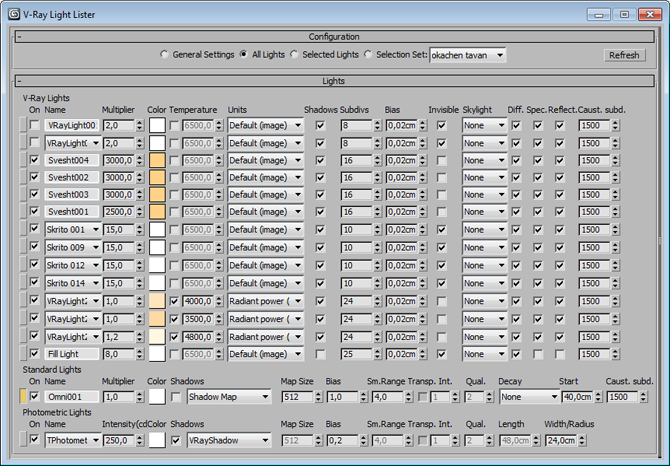
Vray Scatter 3ds Max 2012 Free Download
Vray Materials To begin creating beautiful materials, we must first understand how the VRay material works. Let’s take a closer look at the VRayMtl, VRayFastSSS2, and VRayBlendMtl.
These 3 are the main material types that are essential for realistic results, you can achieve almost anything with them. VRay offers even more material types, but those are meant for pretty specific tasks and will not be covered in this guide. Forget about using MAX Standard materials, they will give you slow, noisy and non-realistic results. VRay is designed to be used with it’s native shaders, so that is what we are going to do. Let’s get started.
Jun 1, 2014 - I admit that I only use 3ds Max periodically and usually find myself more than a. V-Ray's improved subsurface scattering, used for rendering translucent. If you're curious to see why, you can download a free trial here. December 2012 (110) November 2012 (113) October 2012 (129) September.
(You can click on the images to enlarge them.) VRayMtl is the basic, most used, universal material that VRay offers. You will find that most of the materials you wish to create can be made from a VRayMtl.
This how the basic, unchanged material looks. Now let’s look at the first section – Diffuse. Think of Diffuse as the base color of the object. If you see a tomato, you can instantly tell it’s red.
This means that red is the Diffuse color. It is a bit more complicated for very reflective or very refractive objects, but we will look at those later. VRayMtl allows you to choose a simple color as the Diffuse or use a Map.
Download tabla beats software online. My customary intricate detail and heavy layering. Quite a different sound for me - almost getting into clubland with this one but also some damn strange electro space creature leads. Tempo is only 96 BPM but it sometimes feels maybe 20 BPM faster.
You can use any Bitmap or Procedural Map in the Map slot. Here is an example. The Roughness parameter can “flatten” the color transitions.
You can use it to make your material appear dusty and flat. Here is an example with the same green material at 0, 0.5 and 1.0 Roughness. Next section is Reflection As the name suggests, this section deals with the reflective properties of the material. Most real world objects are reflective. Look at these photos of chrome and brick for example.
The reflections of the chrome are very strong and sharp, you can instantly recognize it as a reflective surface. But what about the brick? It might look that it’s not reflective at all, but in fact the reflections are just weak and very very blurred.

The only objects that don’t reflect any light are the black holes:) Keep this in mind when creating the materials. Let’s look at the parameters now. First is the Reflection color.
Black color makes the material non-reflective, white color makes it fully reflective. All the gray scale values between increase or decrease the reflection strength. The color sliders in 3Ds Max go from 0 to 255, this means that if you want to make a material that reflects 50% of the light that hits it, you need to set the value of the reflections to 128. Here is an example at 0, 128 and 255.
Notice how the third image has lost all the Diffuse color and is only showing the reflections. Reflections make the base color weaker as they get stronger. The Energy Preservation law doesn’t allow realistic materials to reflect more light than they receive. This means that If the material has 0% reflections, it shows 100% of the Diffuse color. If the material has 30% reflections, the Diffuse color is weakened to just 70%, and so on. Think of the reflections as a layer on top of the Diffuse, together they create the final image.